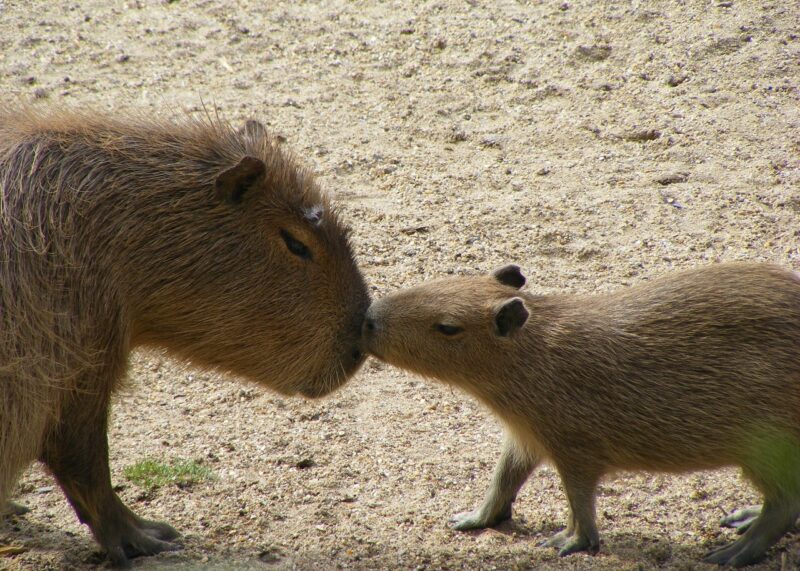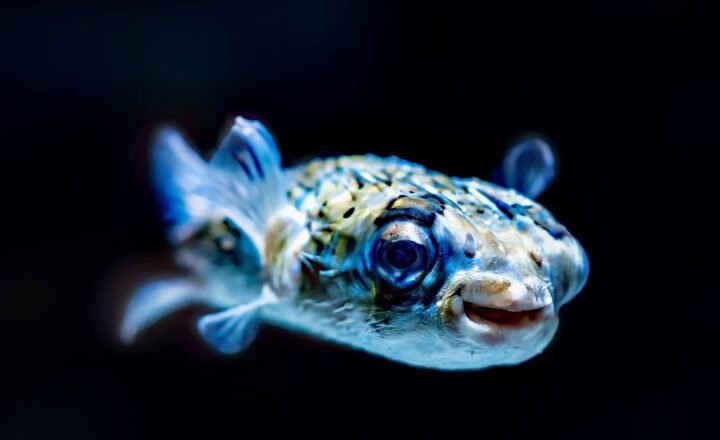Capybaras in the Wild vs. as Pets: What to Know Before Bringing One Home
November 13, 2024

Capybaras, the world’s largest rodents, hail from South America. Known for their friendly demeanors and social behavior, they have become increasingly popular as exotic pets. However, before you rush into adopting one, it’s crucial to understand the differences between capybaras in the wild and those kept as pets. This comprehensive article will explore the natural behaviors, habitats, social structures, dietary needs, and care tips for potential capybara owners.
1. Capybaras in the Wild
In their natural habitats, capybaras are social creatures that thrive in groups. Often found near water bodies in grasslands, swamps, and forests, these animals have various adaptations that help them survive in the wild.
Natural Habitat:
Capybaras live near rivers, lakes, and wetlands, where they can easily access water for drinking and bathing. Their semi-aquatic nature allows them to escape predators like jaguars and anacondas.
Social Structure:
Capybaras are highly social animals, typically forming herds of 10 to 20 individuals, although groups can be larger during the rainy season. These herds are usually composed of related females and their offspring, along with a few dominant males. Their social behavior includes grooming each other and communicating through various vocalizations, which strengthens their bonds and ensures group cohesion.
Diet:
Being herbivores, capybaras primarily feed on grasses and aquatic plants. They require a high-fiber diet to keep their digestive systems functioning well. In the wild, they spend a significant portion of their day grazing and foraging; a capybara’s anatomy is adapted to process fibrous plant material efficiently.
Considerable time is also devoted to hollowing out swaths of grass and other vegetation, which encourages new growth that is vital for their diet.
2. Capybaras as Pets
Having a capybara as a pet is an alluring idea for many animal lovers, but it’s essential to recognize the challenges and responsibilities involved. Capybaras can be wonderful companions but require specific environments and care.
Legal Considerations:
Before adopting a capybara, check your local laws regarding exotic pets. Some regions require permits or may prohibit ownership altogether. Ensuring compliance with laws is vital for responsible pet ownership.
Housing Needs:
Unlike traditional pets, capybaras need ample space to thrive. A spacious outdoor enclosure with a pool is suitable. It’s essential to replicate some aspects of their natural habitat by providing ample grass, shade, and a clean water source for bathing. Neglecting these environmental needs could lead to stress, health issues, and even behavioral problems.
Socialization:
While capybaras can bond closely with humans, they are inherently social animals that require companionship, either from other capybaras or similar species. Keeping more than one capybara may alleviate loneliness and stress.
Dietary Requirements:
Capybaras need a fiber-rich diet similar to their wild counterparts. Fresh grass, hay, and fresh vegetables should comprise their primary diet. It’s crucial to avoid fatty snacks and grains that could lead to obesity and related health issues.
3. Behavioral Differences: Wild vs. Domestic Capybaras
Capybaras exhibit some behavioral changes when living in captivity. Below, we compare their wild behavior against that of domesticated capybaras:
Predator Awareness:
Wild capybaras live with constant predator awareness. As pets, they may not exhibit the same level of alertness, as their main threats are humans. They can become overly trusting and might end up being vulnerable.
Social Hierarchy:
In the wild, capybaras have established social hierarchies, which keep conflicts within their herds manageable. Domestic capybaras may not have a clear hierarchy, particularly if they do not live with other capybaras, which might create competition for food and resources.
Communication:
Capybaras use various sounds to communicate in the wild. When kept as pets, some vocalizations may diminish, and depending on their socialization experiences, they might adopt different ways of expressing needs and emotions.
4. Health Considerations for Pet Capybaras
Maintaining a capybara’s health requires diligence and care. Here, we highlight the key considerations for prospective owners:
Routine Veterinary Care:
Capybaras should receive regular health check-ups from a veterinarian who specializes in exotic pets. Regular vaccinations, parasite control, and dental checks are essential to ensure a capybara’s health and well-being.
Exercise and Enrichment:
Capybaras are active animals that require ample exercise and mental stimulation. Providing an area where they can swim, run, and explore is vital to prevent boredom and behavior issues. Incorporating toys, foraging opportunities, and space for social interactions can enhance their lives.
Hydration:
Access to fresh water is crucial for hydration and proper skin health. A shallow pool or pond should be part of their enclosure to keep them cool and comfortable.
Conclusion: Are Capybaras the Right Pet for You?
Owning a capybara can be fulfilling, but it is essential to balance their natural instincts and needs with your capacity to provide suitable care. Ensure that you are prepared for the responsibilities associated with capybara ownership before making a commitment.
If you decide that a capybara is the right companion for you, embrace the joys and challenges of having this unique animal. By adequately planning for their needs, you can cultivate a rewarding relationship that mimics their social, wild counterparts, leading to a happy and healthy life for your new friend.






